LISTEN HERE
14 Jun 2024
AUDIO GUY TALKS LIGHTING
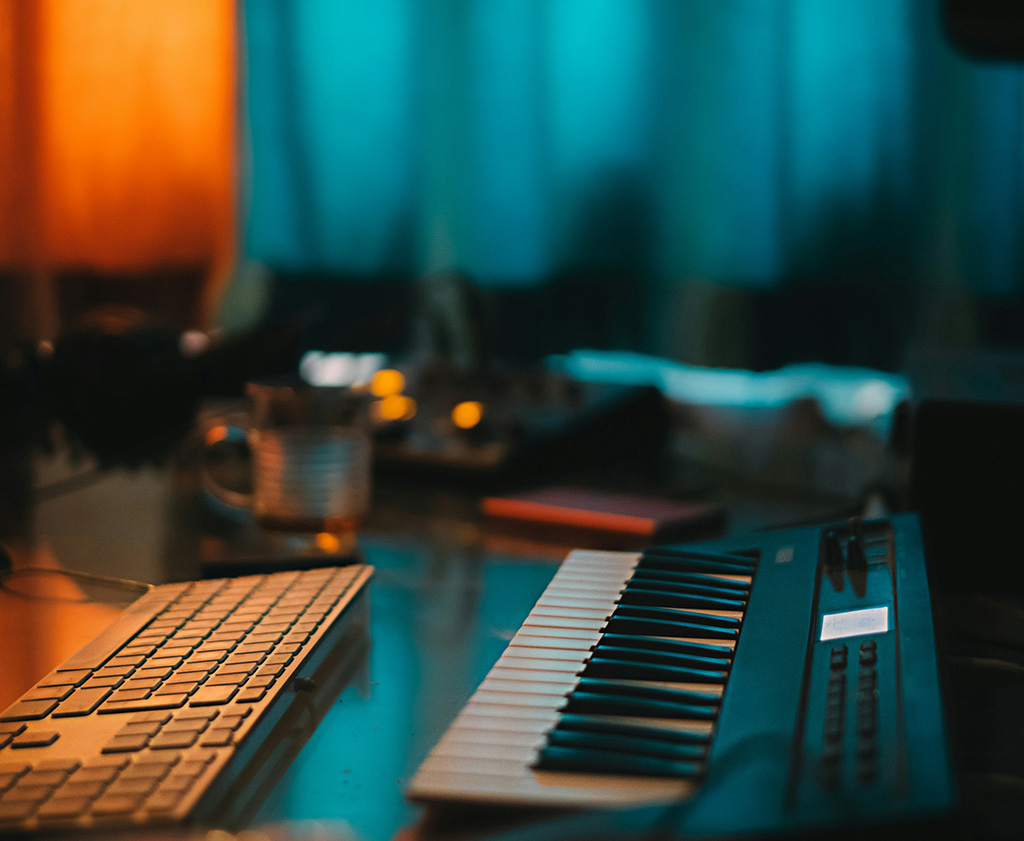
Subscribe to CX E-News
Don’t panic! This is not an article that tries to cosy up with the lighting guys and gals, and no, I’m not going to retell the classic FOH engineer’s joke, the one that goes: “How many mix engineers does it take to do lighting? (Long pause and a stern face) …Mix engineers don’t do lighting.” Instead, I’d like to talk about studio lighting, and how your recording space might be improved.
It’s not exactly normal for an audio producer/ engineer to talk lighting in a magazine, for the simple reason that when it comes to this dark (or is that light?) art we typically don’t know our DMX from our BMX, UV from a VU.
But it’s strange, because in the recording studio, lighting is typically – and with no hint of sarcasm intended here – a hot topic. Studio engineers, musicians and producers are forever trying to change the lighting in a recording space or control room to set a mood or establish a vibe. As most producers and engineers will attest, long hours in the control room during a mix session requires just the right lighting so that you’re neither blinded nor put to sleep. And to record that crucial main vocal – the one that’s proved elusive thus far – the lighting sometimes becomes more important that the mic choice.
Make no mistake, like any live performance space, lighting in a recording studio is crucial. All the best studios in the world are acutely aware of this, making concerted efforts to offer versatile lighting options that allow producers and musicians to set their own ‘vibe’ in the space for the task at hand.
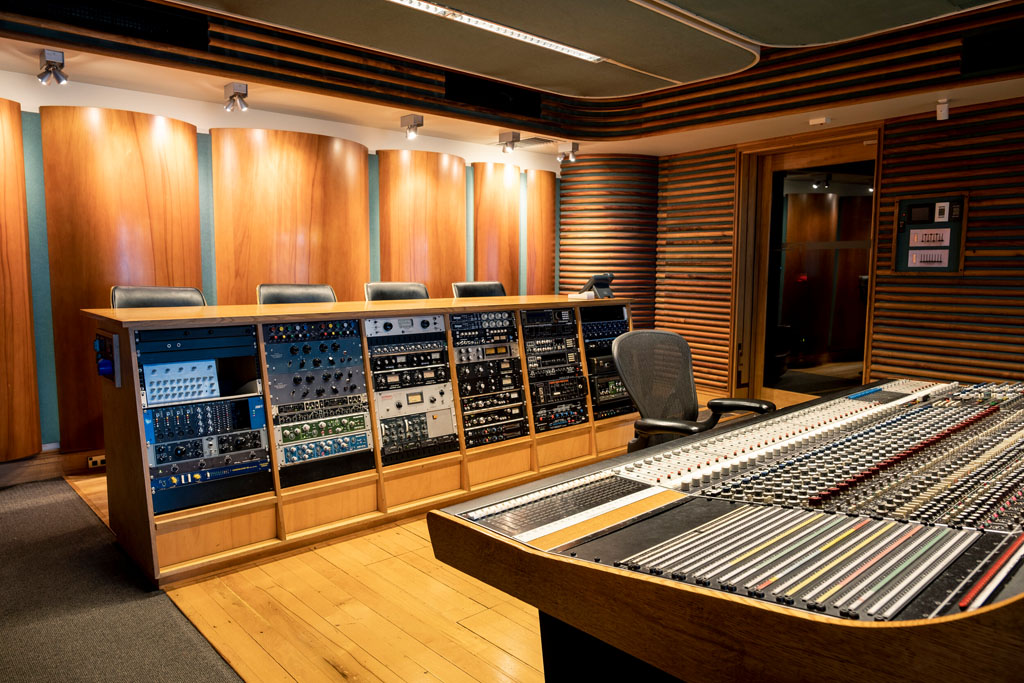
In the vast bulk of cases, however, studios are somewhat notorious for providing the bare minimum of lighting options for clients, often treating it as an afterthought. Typically, the ‘lighting plan’ – such as it is – is left to the last minute. In these situations, the owner and their electrician will often work it out in 20 minutes on the studio floor at the 11th hour. With a meagre budget (that’s allocated from funds that don’t exist because the money has been spent on everything else), they hatch a verbal plan that ultimately produces a poor outcome. Needless to say, these studios will never find their way into lighting or architecture magazines, except perhaps when used as examples of what not to do. Even in the pages of a pro audio publication, they look second- rate.
Dim Witted
I’m ashamed to admit, I’m as guilty of this glaring mistake as the next person. In most of the studios I’ve owned or worked in, the control options for setting the vibe in the studio has extended no further than offering a collection of on/off switches and a dimmer or two. My lighting choices have often been off the ‘clearance rack’ at Beacon Lighting or Ikea – classy indeed – and occasionally raw bulbs have constituted lighting ‘fixtures’. There hasn’t really been a plan, only a list of requirements that needed to be met for the smallest price.
This approach to lighting, needless to say, never cuts the mustard, and leaves most clients either working in poor light, or none at all.
But there have been some notable exceptions over the years to the general lack of studio lighting options, and it’s perhaps no coincidence that these studios always pop into my head as having seemed the most luxurious and high-end.
One of these was Sing Sing in Richmond, which sadly is no more. The iconic Melbourne studio had a beautiful overall aesthetic, thanks to its owners Kaj and Jude, along with soft, versatile and diffuse lighting.
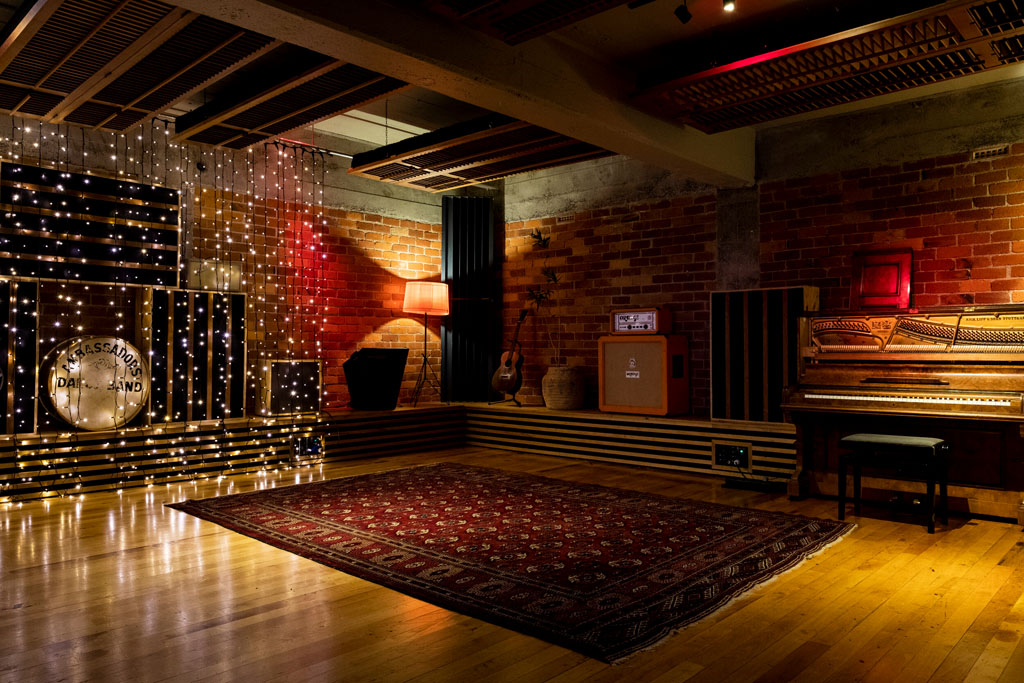
Another studio of note in this regard is Roundhead, in Auckland – which does still exist. Roundhead is Neil Finn’s studio, and the moment you walk through the front door there it’s clear that there’s been some serious ‘rock ‘n’ roll’ money thrown at the place. In the lighting department specifically, the ornate chandeliers festooning every room likely exceed the entire electrical budgets of most studios. The lighting in Roundhead is ornate, extravagant, unashamedly glam and hilarious – awesome if, like Neil, you’ve got the money to throw around. Roundhead also offers a large dose of diffuse natural light in some of the rooms, which is awesome.
Then there’s Park Road Post, also in New Zealand; Peter Jackson’s post-production facility in Wellington that was originally designed by the various departments that made The Lord of the Rings trilogy: the lighting, architecture, art department, set design, building crew etc. It’s no coincidence that the building itself looks like a movie set, featuring bespoke fixtures of all shapes and sizes. The lighting in this vast facility has some unique, ingenious and yet simple features that produce an overall aesthetic that’s a knockout.
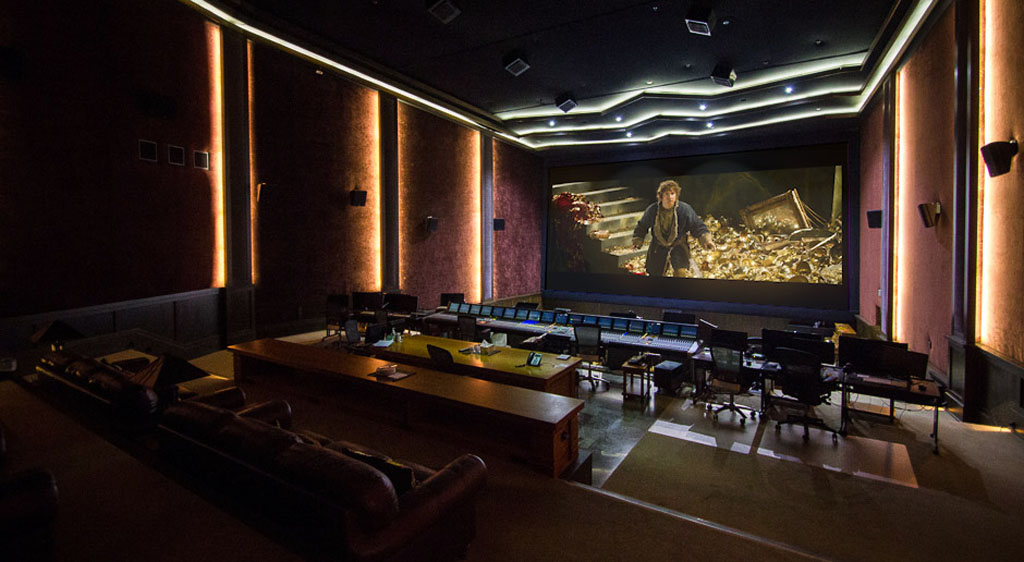
Finally, my old mate Simon Leadley (RIP) was very proud of the enormous lighting rig in the ceiling of his vast recording room at Trackdown Studios, in Sydney, which he inherited when he leased the space that had previously been ‘The Simpsons’ ride at Fox. The comprehensive lighting rig here, which is flown 10 metres high up in the dark ceiling of the main recording space, constitutes a massive asset to the facility, allowing it to be used as everything from a recording studio to a TV/movie set or live-to-air venue. Trackdown appeared regularly on The Voice for many years and remains to this day one of the best lit studios I’ve seen.
What’s cool about the setup at Trackdown is that the lighting console is positioned in the outboard rack, adjustable from the control room like any other piece of gear. The lighting is enormously diverse and quick to adjust, allowing for bright spotlights, diffuse wall and uplighting, and every colour and contrast imaginable. When I first discovered it I was quick to remark: “Why the hell doesn’t every studio in the world have a setup like this?”
So it can be done. Studios can step outside the bare minimum and make a concerted effort to look good as well as sound good, as these examples have proven beyond doubt. There is no law against a lighting rig inside a recording studio, nor an arrest warrant issued to any audio engineer who might touch one … and yet almost no one thinks to install them. Maybe that should change.
Fitting Vs Retrofitting
There are two types of studios these days: the ones that are built from the ground up, and those that occupy a pre-existing space. For the latter in particular, the great difficulty over recent decades has been trying to retrofit a new lighting regime into pre-existing walls, often inside rented facilities. For this group of studio owner, the idea of rewiring a rented facility seems like a giant waste of money – madness in short – and regardless, in many cases the owner won’t allow it. Even when permission is granted, few tenants are prepared to get inside walls to run new cables and fixtures in the hope of ‘improving the lighting somewhat’, and many simply don’t see the point, let alone the financial benefit.
In much rarer cases, where a studio is being built from the ground up there are far less excuses for getting the lighting wrong. Here, it’s important to hire a lighting specialist, someone who knows what they’re doing, early on in the build process, rather that leaving it to the last minute and then concocting some third-rate concept in conjunction with your electrician, who is not, in all likelihood, a specialist!
Thankfully, in 2024 the lighting options have grown exponentially, and it’s no longer excusable for a studio – regardless of whether it’s newly built, a retrofitted setup, owner- occupied or rented – to be made up of a bunch of raw bulbs, some dodgy fixtures, and the occasional dimmer.
There is a flood of new lighting gear out there available to studio owners – not just venues or lighting professionals – that can be installed inside control rooms, large recording spaces, overdub booths and foyers that don’t require hacking into plaster walls and drilling holes in studs to run 240V cable. Those days are over.
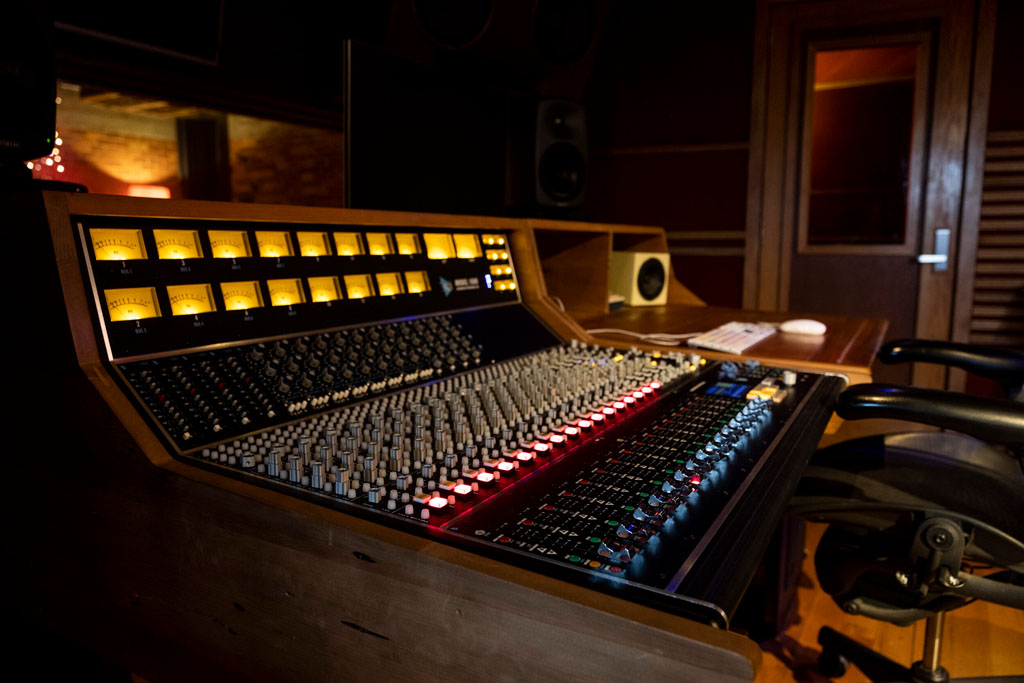
If you’re a studio owner like me, you might consider doing what I’m doing here at The Mill: upgrading the existing lighting with some better fixtures and dimmers without attempting to rewire the entire facility. The task is near impossible down here anyway, and a total waste of time and effort.
Instead, the plan here is to build an alternative internal lighting system run via several less invasive means: some via DMX, some remotely via Bluetooth and phone Apps. If you’re a studio owner, it’s time to head to the lighting shops, and if you’re an audio guy, read all the lighting articles here in the pages of CX – they’re relevant to you too!
Andy Stewart owns and operates The Mill in Victoria, a world-class production, mixing and mastering facility. He’s happy to respond to any pleas for pro audio help…
Contact him at: andy@themill.net.au or visit: www.themill.net.au
Subscribe
Published monthly since 1991, our famous AV industry magazine is free for download or pay for print. Subscribers also receive CX News, our free weekly email with the latest industry news and jobs.






